A mandala is a symbolic representation of part of all the universe. A mandala is an ancient Hindu and Buddhist graphic symbol of the universe that serves as a powerful aid to meditation and concentration. For example, it is represent the home of a specific meditational deity. It is commonly used for meditation practices and as a visual aid in rituals. life, a cosmic map.
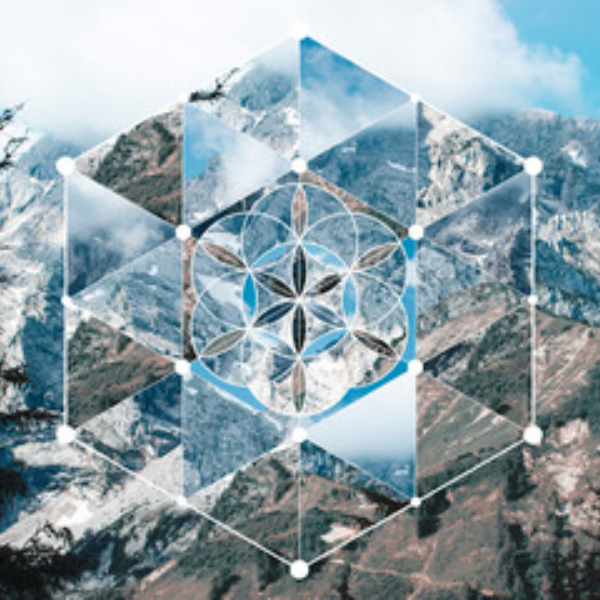
A mandala is a symbol of the universe in its best form, and its creation symbolizes the transformation of a universe of suffering into happiness. It can also be used as an aid to meditation, helping the meditator visualize how to attain the ideal self.
In the New Age, a mandala is a map, chart, or geometric figure that represents the cosmos metaphysically or symbolically; A time-micrograph of the universe, but it originally represented wholeness and a model for the organizational structure of
Cosmic Mandalas
Cosmic Mandala is hand painted by in Nepal. Cosmic mandalas are the intricate dance of the sun, moon, and other planets around Mount Meru .This is a axis of the geocentric universe. There are several thangka paintings that feature mount Meru is also called “Sumeru” with means different designs. It is often represented with geometric shapes if the symbols are different metaphysical state of the mind according to traditional Tibetan Buddhism. In this case, the mountain is seen from the sky and it appear as a small point decorated with an “om” symbol in the center of the mandala.
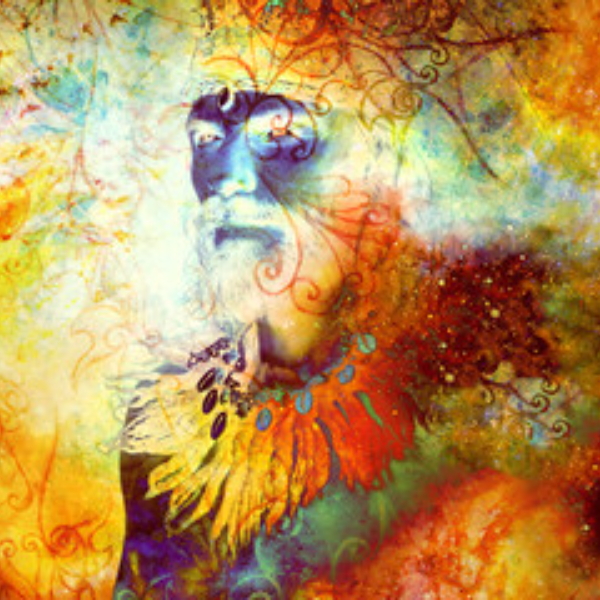
A mandala is a pictorial, symbolic representation of the universe. The American Tibetan Buddhist monk Bema Chotran is known to have said: “Each person’s life is like a mandala vast, limitless circle. We stand at the center of our own circle, and everything we see, hear, and think forms the mandala of our life… Everything that appears in your mandala is yours.” A vehicle for awareness.
Tibetan cosmological models
A mandala is a symbolic part of representation or all of the universe. For example, it is represent the home of a specific meditational deity. It is used in meditation practices and as a visual aid in rituals. Mandalas have a circular structure, and two dimensional. Despite the fact that they commonly used for depict three-dimensional objects. They can be painted on cloth (e.g. a thangka), wood, or constructed out of sand. There are different three cosmological mandalas in Tibetan Buddhism.
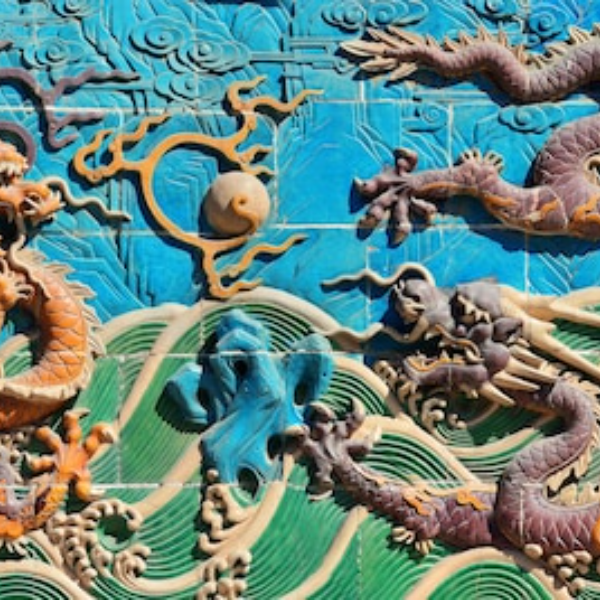
Buddhists, following the traditions of their Indian ancestors, saw the universe as infinite in time and space, and filled with countless worlds like our own. Above our ordinary world, there are two realms: the realm of form (rupa-datu) and the realm of formlessness.
Dhyana-Buddha Any of a group of five “self-born” celestial Buddhas who have existed since the beginning of time in Mahayana Buddhism, especially Vajrayana (Tantrika) Buddhism. The five are generally identified as Vairochana, Akshopya, Ratnasambava, Amitabha and Amokasiddhi.
Cosmic models
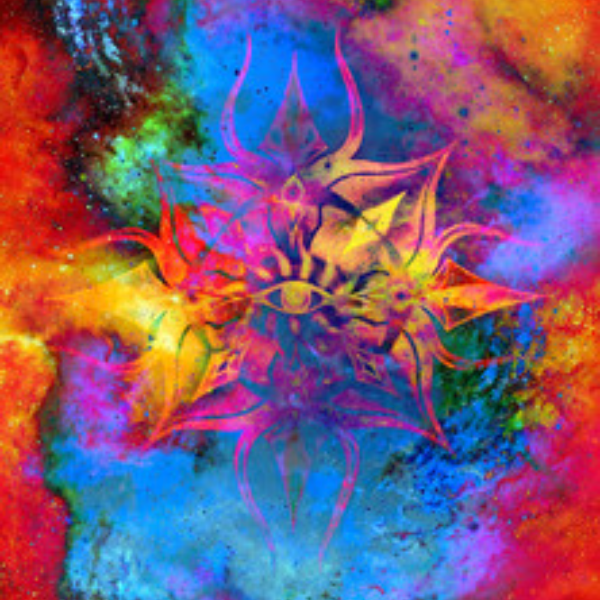
1)This view you are looking down on Mount Meru .This is a bird’s eye view from such a height that you cannot see any detail in the world below.
Buddhists, following the traditions of their Indian ancestors, saw the universe as infinite in time and space, and filled with countless worlds like our own. Above our ordinary world, there are two realms: the realm of form (rupa-datu) and the still higher realm of formlessness (arupa-datu).
Kalachakra mandala
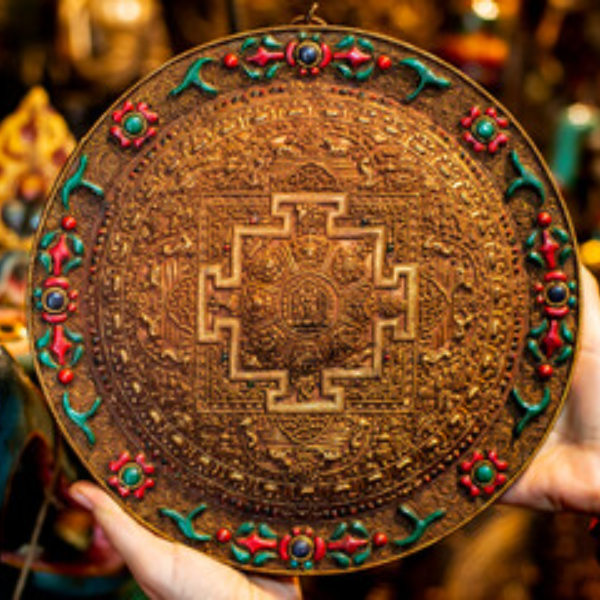
2) The Kalachakra mandala, which represents the 3-D palace of the Kalachakra deities Kalachakra mandala.The Vedas, epics and Puranas of ancient India describe an interesting time called Kalachakra, the wheel of time. This wheel of time is considered to have twelve spokes representing the twelve points of time measurement on the wheel of time.
The main objective of the festival celebrated at Bodh Gaya is world peace and harmony. Kalachakra uses the energy of the body to lead them on the path of enlightenment. The person also vows to be kind to every other human being involved in the disciple’s rebirth.
Hand Mudra

3)Mandala Mudra is a complex hasta mudra (hand gesture) primarily used in conjunction with Buddhist prayers and mantras, although it can also be used in yoga practice, particularly to aid meditation.
mandala ‘Mutra’ is a Sanskrit word that refers to a symbolic hand gesture that has the power to create joy and happiness. Regular practice of mudras has been proven to not only contribute to one’s overall good health, but can also be used as a preventative measure.
Tibetan Zodiac and Lunar Houses
Tibetan astro-science recognizes the twelve classical zodiacal constellations or lagna, with most representing similar animals and figures to the Greco-Roman zodiac. The interesting three exceptions are zodiac Cancer, which is seen as a frog, Leo, which is a mythological snow lion, and Capricornus, which is a dragon-headed fish.There are three different types of days (Jag), Qaym Jag, The Shay’s Jag and Nine Jag. The first two days of these are astronomical days. The time required for the average sun to pass through one of the twelve traditional signs (twelve kaim) of the zodiac is called kaim zl.
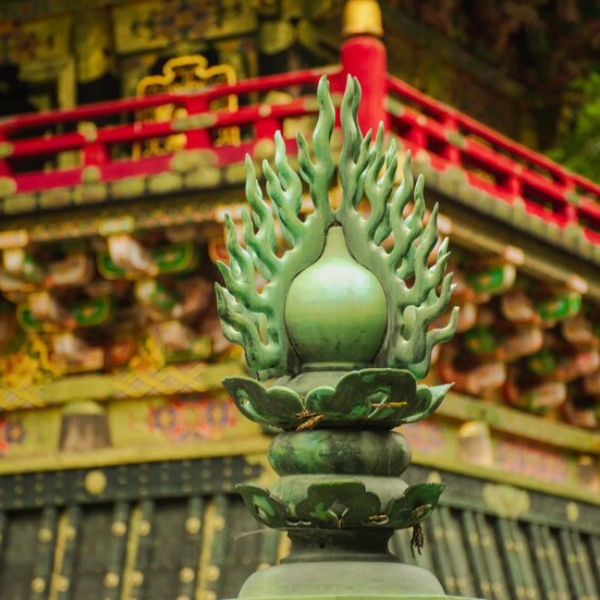
Lug – sheep
gLang – bull
Kh’rig – couple
Karta – frog
Sengge – snow lion
Bhumo – girl
Srang – balance
sThig – scorpion
gShu – bow and arrow
Chusrin – dragon-headed fish
Bhumpa – water-bearer
Nya – fish
Tibetan Lunar Calendar
The Tibetan calendar is a dating system based on a cycle of 60 Tibetan years, each usually consisting of 354 days (12 cycles of the phases of the moon). Adjustments are made for a solar year of about 365 days by interpolation of an additional month every three years. The have importance placed on the moon more evident in Tibetan astro science in the lunar calendar. This is a unique system this plays central role in Tibetan culture, allowing for the calculation of dates for various ceremonies.
If the lunar calendars, the 29.5 day synodic cycle creates some obvious difficulties, they have multiple creative solutions.Therefore, the Hindu, Tibetan, and Chinese lunar calendars are not synonymous, and these system compare and contrast offer to unique opportunities for students.
In Buddhist and Hindu systems, the full moon must fall on 15th day of any month, and the new moon on 30th day. Both the 29.5 day synodic cycle and the fact of moon rises at a different time each day lead to differences between these systems (and among Buddhist traditions) as to a specific lunar day actual begins and ends.

The Tibetan calendar skip days (tsi chad-pa) and doubled days (tsi lhag-pa) to conciliate the differences between the solar and lunar cycles. In addition, approximately every thirty months a full month is added the calendar aligned with the seasons (in contrast with the Islamic calendar, which is a truly lunar calendar). The calculating rules of the Tibetan calendar are complex. it has passed down from master to student. One result is a Losar, Tibetan New Year, and Chinese New Year do not always harmonize, but can differ by an entire lunar month.
As the traditions of Losar are as rich as those of surrounding the Chinese New Year, multicultural lesson plans centered on Chinese New Year can be effectively reconcile to parallel lessons for Losar, and would teach similar concepts. Particular days of any month are given to special significance, either good or bad. For example, the 8th day of each lunar month is considered an auspicious day .it is making and offerings to the female buddha Tara. In general, the waxing half of the lunar month is generally considered more auspicious the waning part of the month. Therefore it is better to begin projects near the beginning of the month so they can increase with the waxing of the moon.
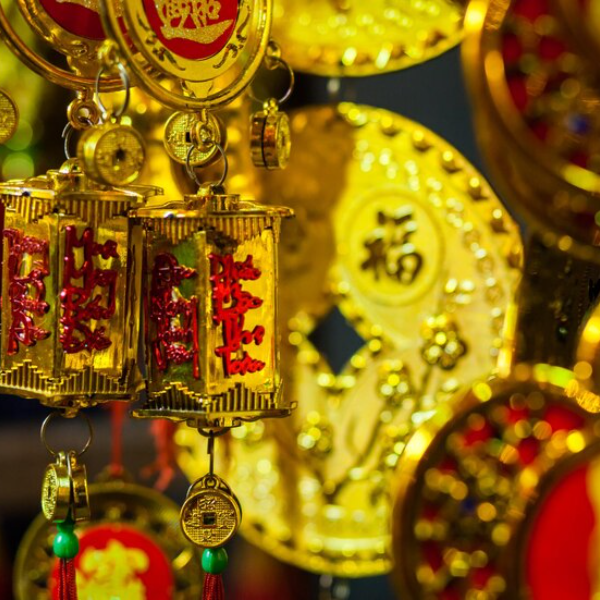
The important date of the Tibetan year is Saga Dawa, the anniversary of Buddha’s birth, enlightenment, and passing away. This falls on the 15th day of 4th month. It should be noted the months are signified by numbers, not names.
A second calendar is used in Tibetan rituals, the Kalachakra calendar, this New Year falls at the beginning of the third month. Therefore if Losar is in the month of February, the Kalachakra New Year is a month of April. The difference derives from the fact that when the Tibetan calendar was introduced to Mongolia in the 13th century, adjustments were made in the calendar to align if the Mongolian months, a change .it was adopted in Tibet as well.
The Kalachakra calendar reference to begins the sun (when the sun is in Aries, which makes the date closer to the Spring equinox).Similar to the Chinese calendar, each year is commit to a particular animal and element.If the twelve animals and five elements, there is a natural 60 year cycle. It is called a Rab-byung that is a results. The twelve animals are: rabbit, dragon, snake, horse, sheep, monkey, bird ,dog, pig ,mouse ,ox and tiger.